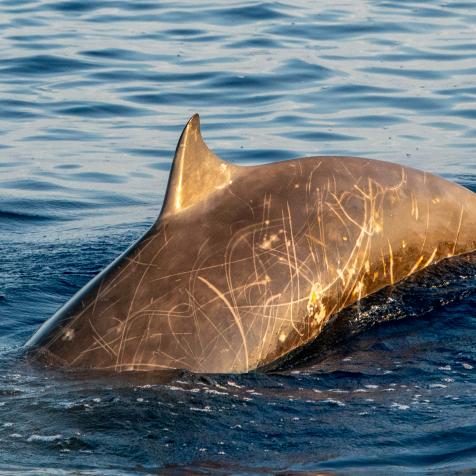
Jacobs Stock Photography Ltd
The T-Rex Has a New Branch on its Family Tree
A farmer happened upon one of the greatest fossil finds in Canada, which was recently announced by paleontologists to be, quite possibly, one of the oldest dino-finds in the country!
The ‘Reaper of Death’ has quite a ring to it, though being scientifically known as thanatotheristes degrootorum isn’t so bad either. So, what led to this very cool name?
Well, it all started back in 2010. Local farmers and paleontology enthusiasts, the de Groots, were hiking along the Bow River in southern Alberta, Canada when they saw something that caught their dino-loving eyes. “The jawbone was an absolutely stunning find. We knew it was special because you could clearly see the fossilized teeth,” John De Groot said in a statement released jointly by the Royal Tyrrell Museum of Paleontology and the University of Calgary.
Mr. De Groot and his family became interested in paleontology because of where they live. Alberta, Canada is known for its impressive pre-historic finds—especially in The Canadian Badlands. Sandra De Groot spoke about her husband’s discovery saying, “John always said that one day he would find a dinosaur skull. Finding the jaw was exciting. Hearing that it is a new species, and seeing it given our family name, was beyond belief.”
Now remember, that was all 10 years ago. Paleontologists at the aforementioned Royal Tyrrell Museum in Calgary went out to the site in Alberta and uncovered what they now believe to be a new relative of the tyrannosaurus rex. Arguably the most notable dinosaur, the one discovered by the De Groots is likely the oldest found in North America.
In February 2020 the thanatotheristes degrootorum was named in an announced by Dr. Francois Therrien, who is the Curator of Dinosaur Paleoecology at the Royal Tyrell Museum. Back to the nomenclature-- the second part is obviously named for the De Groot family, but the first part has its name derived from the Greek god of death, Thanatos, and the word theristes, which means “one who reaps or harvests.”
With basic understanding of paleontology, we all know that the common T-Rex was one deadly guy—very big and he kind of ruled the roost. This discovery is so interesting to the field because of the significant information these fossils can give to the larger T-Rex family tree. Dr. Therrien said, “This discovery is significant because it fills in a gap in our understanding of tyrannosaur evolution.”


















